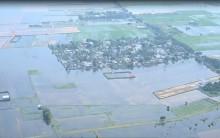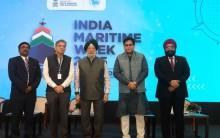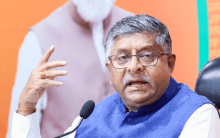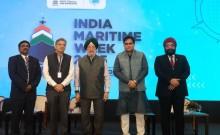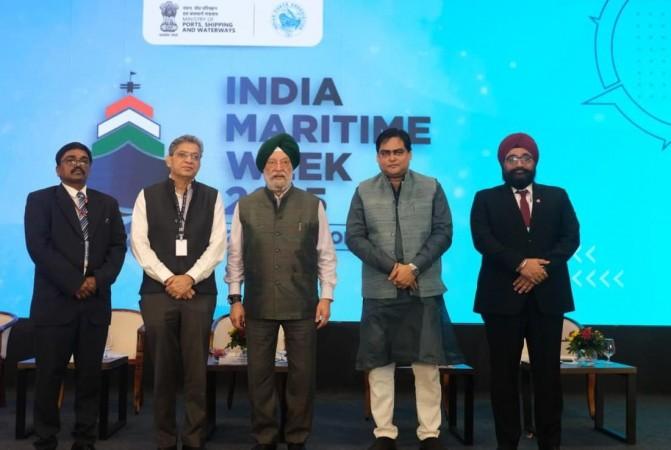
Minister of Petroleum and Natural Gas, Hardeep Singh Puri, said on Wednesday that India's rapid economic growth is closely connected to the progress of its energy and shipping sectors, which together serve as strong pillars of national development.
Addressing a conference at the 'India Maritime Week 2025' here, the minister said that India's economy is growing fast, with the GDP now around $4.3 trillion. Nearly half of this comes from the external sector, which includes exports, imports, and remittances. This shows how important trade -- and therefore shipping -- is for India's economic progress.
Speaking about the energy sector, Puri said India currently consumes about 5.6 million barrels of crude oil per day, compared to 5 million barrels four and a half years ago. At the present rate of growth, the country will soon reach 6 million barrels per day.
He said that according to the International Energy Agency (IEA), India is expected to contribute nearly 30 per cent of the global rise in energy demand in the next two decades, an increase from the earlier estimate of 25 per cent. This growing energy requirement will naturally increase India's need for ships to move oil, gas, and other energy products across the world, he added.
The minister informed that during 2024-25, India imported around 300 million metric tonnes of crude and petroleum products and exported about 65 million metric tonnes. The oil and gas sector alone accounts for nearly 28 per cent of India's total trade by volume, making it the largest single commodity handled by ports.
He said that India currently meets about 88 per cent of its crude oil and 51 per cent of its gas needs through imports, which shows how important the shipping industry is for the country's energy security.
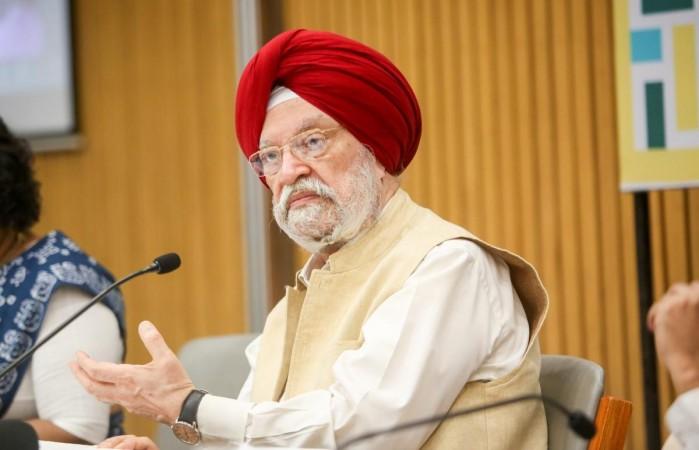
Puri explained that the freight cost forms a significant part of the total import bill. Oil marketing companies pay around $5 per barrel to transport crude from the United States and about $1.2 from the Middle East. Over the last five years, India's public sector oil companies such as Indian Oil, BPCL, and HPCL have spent nearly $8 billion on chartering ships, an amount that could have built a new fleet of Indian-owned tankers.
He pointed out that only about 20 per cent of India's trade cargo is carried on India-flagged or India-owned vessels. He said this presents both a challenge and an opportunity for India to increase its ship ownership and manufacturing capacity.
The government is working on steps like aggregating PSU cargo demand to give long-term charters to Indian carriers, advancing the Ship Owning and Leasing model, setting up a Maritime Development Fund for affordable vessel financing, and implementing Shipbuilding Financial Assistance Policy 2.0 with higher support for LNG, ethane, and product tankers.
The minister said that under the leadership of Prime Minister Narendra Modi, India's maritime sector has seen major changes over the past 11 years. Port capacity has increased from 872 million metric tonnes per annum in 2014 to 1,681 million metric tonnes today, while cargo volumes have gone up from 581 million tonnes to about 855 million tonnes.
Puri said India sees its oceans not as barriers but as pathways to growth and prosperity. The country is modernising ports, building more ships, promoting green shipping, and creating jobs for its youth. India is ready to work with global partners to make the maritime sector a strong driver of a developed and self-reliant Bharat, he added.
(With inputs from IANS)








